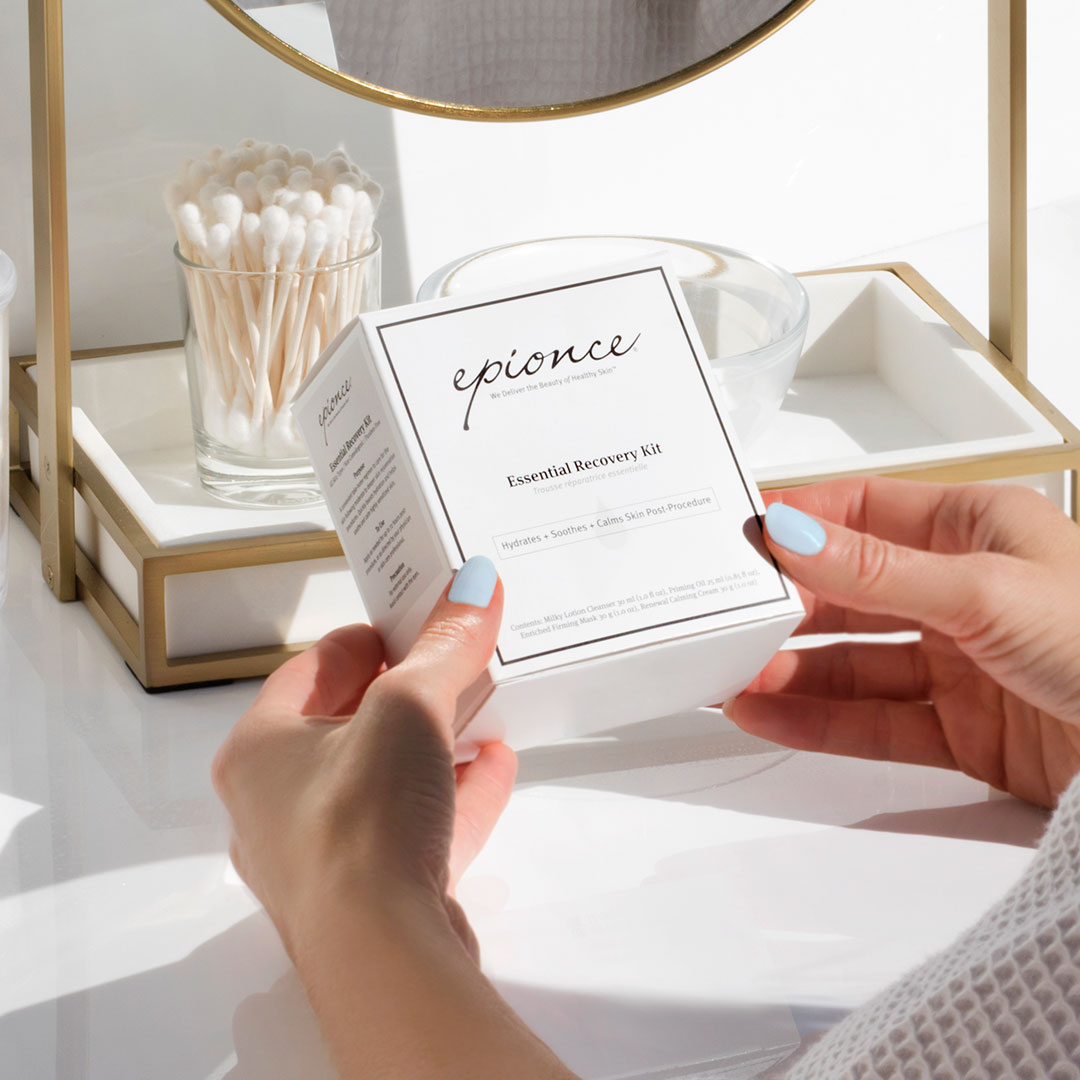Would You Go Bloody For Beauty?
In-Clinic Beauty
October 28, 2017
As strange and unnerving as it may sound, using your own blood to enhance results of in-clinic treatment procedures is trending in medical aesthetic offices around the country. This trend, which involves your own blood to help reduce signs of aging, is called Platelet-Rich Plasma— or PRP.
How PRP Works
When your blood is drawn, it is then processed in the office in order to pull out semi-clear liquid called plasma, which contains Platelet Activating Factor and other growth factors. This plasma is then used as a serum and applied to skin immediately following a treatment procedure, such as microneedling, laser or chemical treatment.
The Platelet Activating Factor is a signaling molecule that is known to have many functions that have positive effects on many visible signs of skin aging. However, it is a large molecule and cannot deliver through the skin barrier. Therefore, in order for it to be effective, it must be used in conjunction with a treatment procedure which will open the skin barrier enough to allow it to penetrate. This is why microneedling or fractionated lasers are common partners for PRP.
Epionce founder and practicing dermatologist Dr. Carl R. Thornfeldt notes that combining PRP with microneedling provides better results for his patients than a more standard microneedling or superficial chemical peel combination. PRP is used in conjunction with microneedling at the Med Spa by CT Derm, which is owned and operated by Dr. Thornfeldt. “PRP combined with microneedling or fractionated laser appears to be a valuable addition to the range of treatment options for visible skin aging,” he explains. “I am witnessing profound improvement in my clinics, and see PRP becoming more of a mainstay rather than a trend in medical aesthetics.”
Post-Care Recommendations
Following any treatment procedure, with or without a plasma application, taking care of the skin for the next few days is imperative, notes Dr. Thornfeldt. He recommends the Epionce Essential Recovery Kit, a convenient take-home kit that contains products which will help calm and soothe the skin. He emphasizes the importance of keeping skin hydrated following the procedure, as allowing the skin to dry out will compromise proper healing and aesthetic outcome. He recommends layering the products in the Essential Recovery Kit to find the right amount of moisture, and apply as needed until the skin is back to normal. Every procedure is different, so be sure to follow post-care instruction from your skin care expert.
Furthermore, having a healthy skin barrier prior to any in-clinic treatment is ideal. Using an Epionce regimen daily prior to a procedure will yield optimal results, says Dr. Thornfeldt.
Want to learn more about in-office procedures, post procedure care, and our Essential Recovery Kit? Find an Epionce Pro Near You


